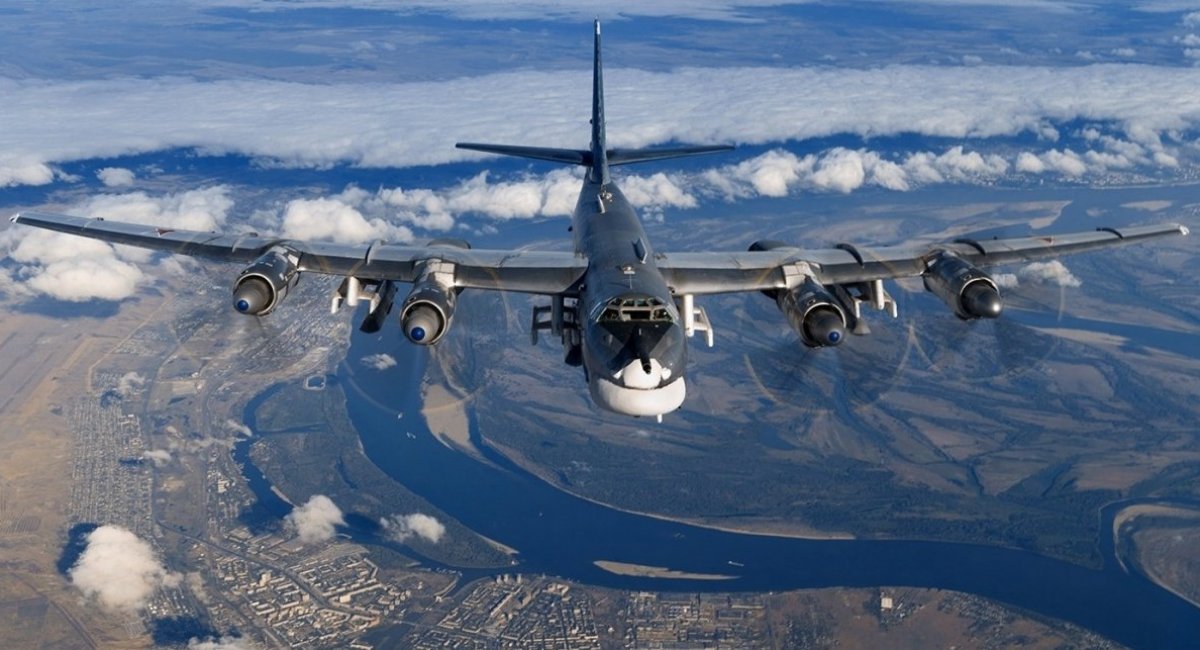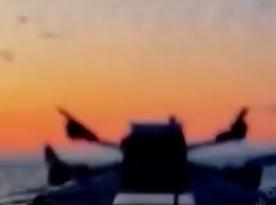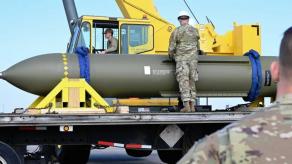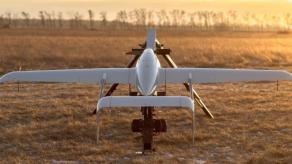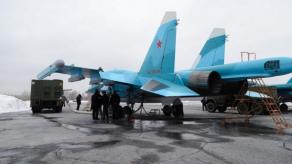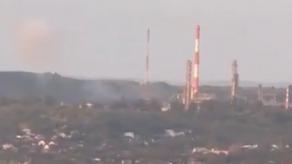The massive combined attack of the russian federation on Tuesday, January 2, 2024, during which 95 missiles of all types and 35 kamikaze drones were launched, most of which were directed at Kyiv, demonstrated a new enemy tactic.
The main counting of the russian federation was that the stock of surface-to-air missiles was exhausted and it is possible to achieve a breakthrough in air defense simply due to the concentration of the number of missiles that are directed at the same target. In particular, as an officer of the Air Force of the Armed Forces of Ukraine, whose name has not been disclosed, told ArmyInform, the russians fired several missiles at the same target, which did not go simultaneously, but one after the other.
Read more: The UK Defense Intelligence Reveals the Point of russia’s Long-Range Strike Operations
"At each target, the russians released several missiles, and these missiles did not go together, but one after another. The task is to cause maximum damage, to sow panic and chaos in Kyiv and the country as a whole, while the russians do not distinguish between civilian and military infrastructure. Everything, that is within the borders of Ukraine, for them is subject to destruction," the anti-aircraft gunner said.
In general, it was officially reported that more than 60 cruise missiles from 73 and 10 "hypersonic" Kh-47M2 Kinzhal missiles were launched against Kyiv alone.
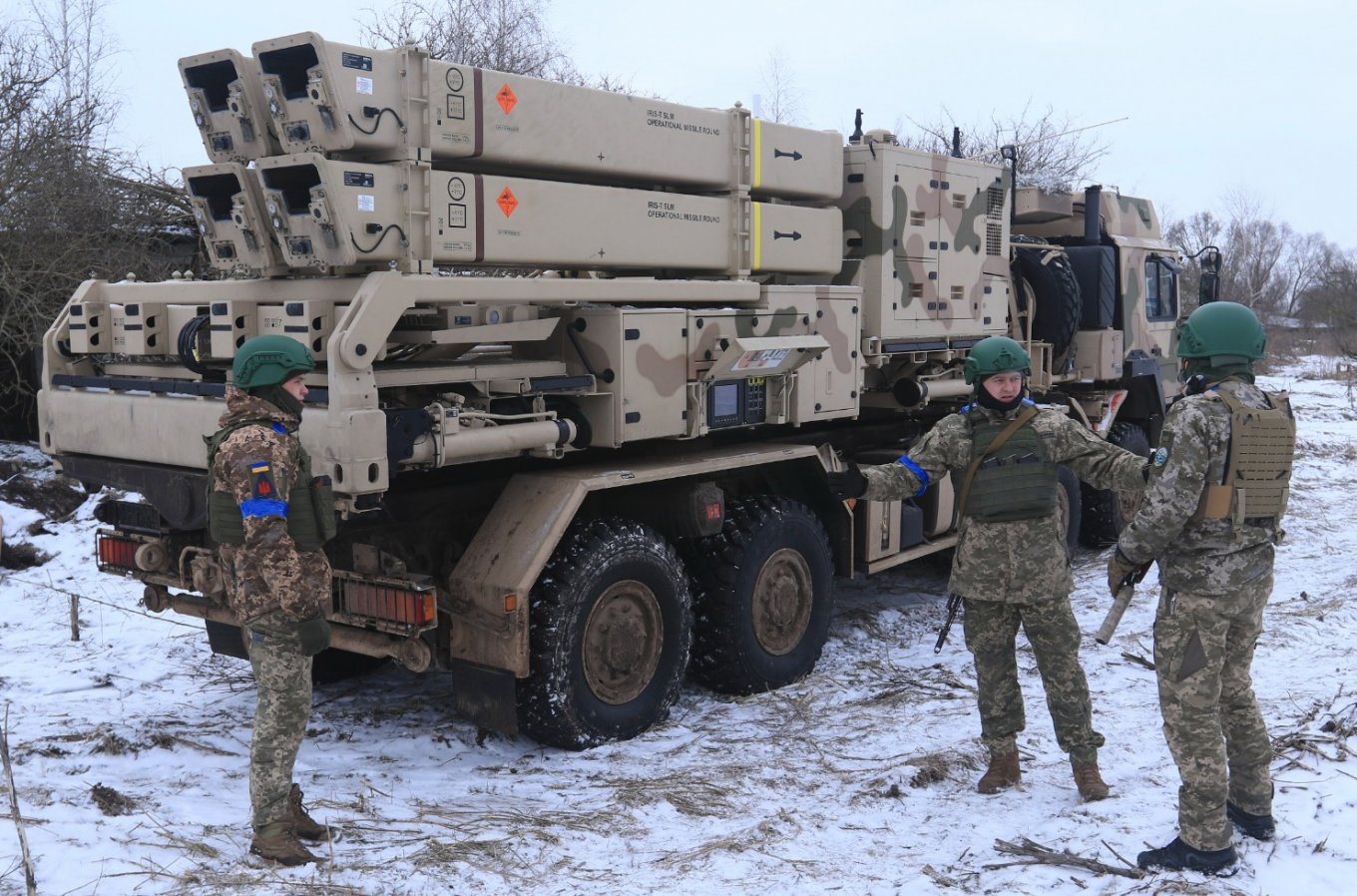
"The work on air targets is divided by means of destruction - starting with mobile groups armed with machine guns and ZU-23-2 anti-aircraft twin-barreled autocannons and continuing - NASAMS, IRIS-T, SAMP-T and Patriot installations. The russians expected that our air defense would be unable to repel such mass wave of rockets, but they were wrong," said the officer of the Armed Forces.
At the same time, Gepard anti-aircraft self-propelled systems played a significant role in repelling the attack. And here we are talking not only about repelling the first wave of the attack, which consisted of the Shahed-type UAVs. A significant number of destroyed cruise missiles is also on account of this German system.
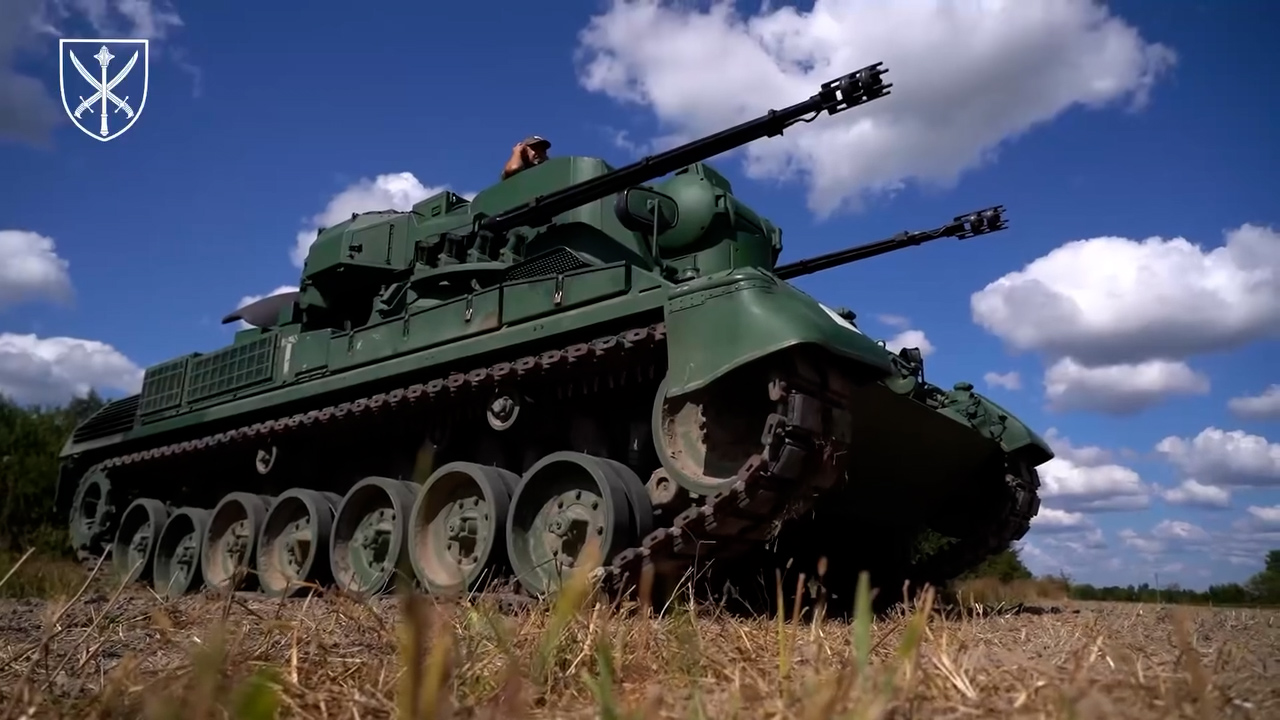
That is, despite, as the Ukrainian defender admits, a "very carefully thought out from a tactical point of view" attack, the enemy was not able to achieve its goal, namely "to cause maximum damage, sow panic and chaos in Kyiv and the country as a whole." In turn, the multi-echelon anti-aircraft defense around the Ukrainian capital fulfilled its task.
On the part of Defense Express, we note that the repulsion of two similar attacks, on the night of December 28-29, 2023, when the enemy launched a total of 158 missiles and kamikaze drones and on January 2 using 130 long-range weapons, may well mean that the russian federation will continue to try once again to penetrate the Ukrainian air defense system using a similar method.
Read more: Massive Rocket Attack on Ukraine on January 2nd Cost russia Approximately $620 Million




